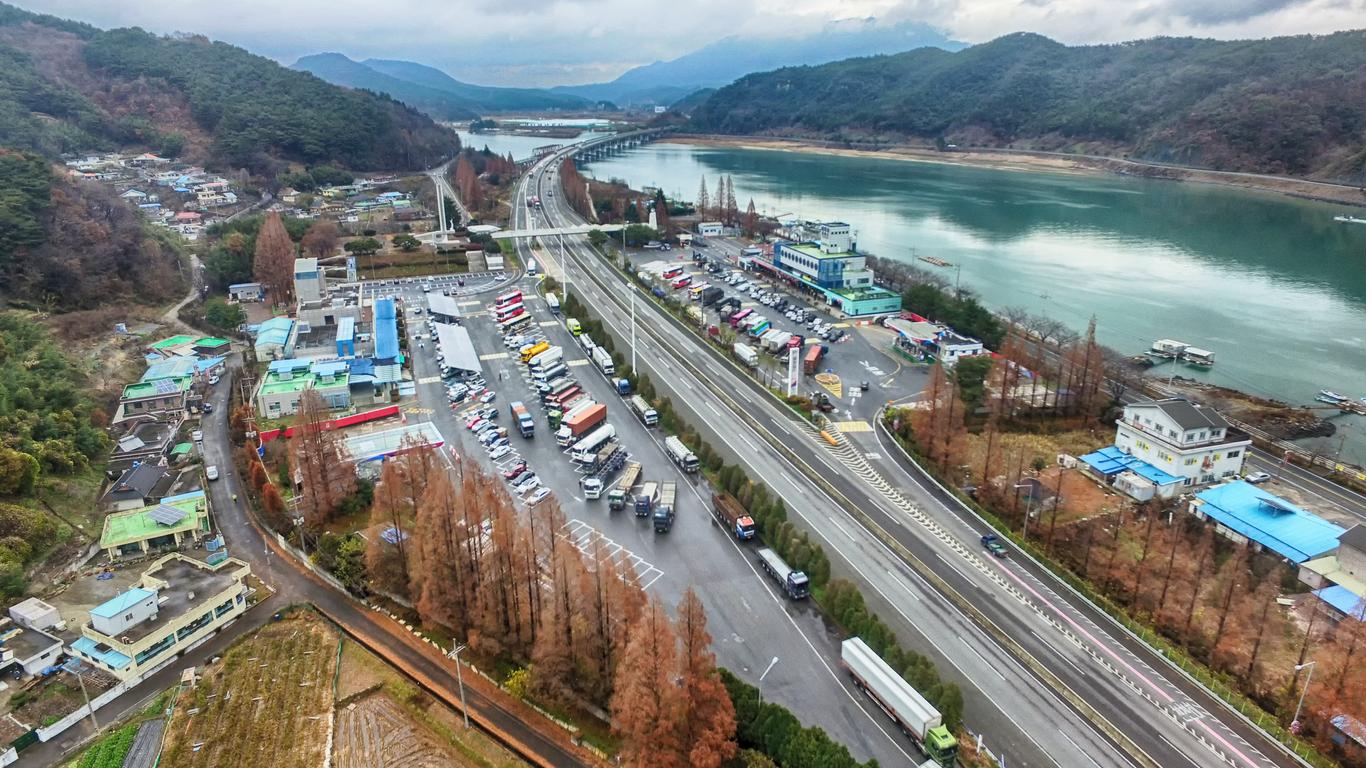Backed by the Baegunsan mountain, Gwangyang overlooks the Sea of Japan along the southern coast of Korea. It’s renowned for its recreational parks and landscapes blanketed in plum trees, along with its easy access to the vibrant city of Chuncheon.
Things to do in Gwangyang
Admire the thousands of plum trees surrounding Seomjin Village, fed by the waters of Seomjingang River as they flow down the slopes of Jirisan. See the landscape ignited with white blossoms in March and purple fruit in June, then sample plum ice cream at one of the street-side stalls.
To the north of Gwangyang rises Baegunsan mountain, believed to be home to the three divine spirits of the phoenix, fox and boar. Explore its staggering plant diversity along one of the hiking routes through its lush valleys or visit the Baegunsa Temple and Sangbaegunam Hermitage en route to the 1,218-metre-high summit.
The mountain is surrounded by Baegunsan Recreational Forest, where groves of cedar, cypress and pine trees provide the setting for a range of family-friendly eco-activities. Spot Chinese water deer and racoons while exploring one of the stream-side walking trails and sample painted maple sap, renowned in South Korea for its health benefits.
For some of the best views in the region, head west to the Gubongsan Observatory, particularly famed for its nighttime panoramas of Chuncheon. Relax on the wooden deck as dusk sets in and the city lights start to twinkle below or grab a drink at one of the themed summit cafes.
Getting around Gwangyang
Gwangyang is just under four hours by train from Seoul and around two hours from Gwangju Airport. Buses travel throughout Gwangyang and connect to its surrounding attractions.





